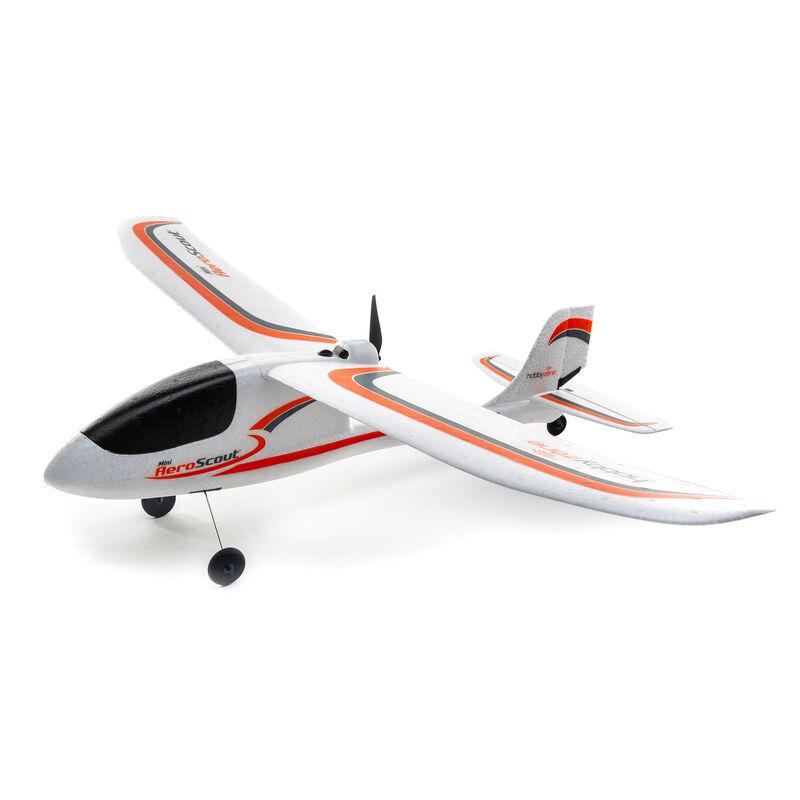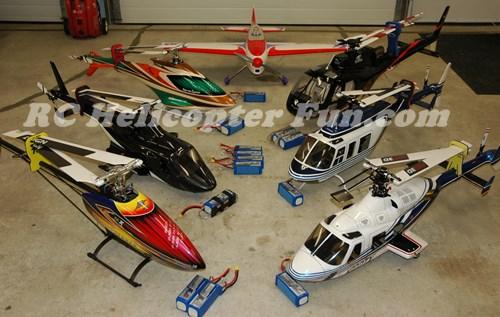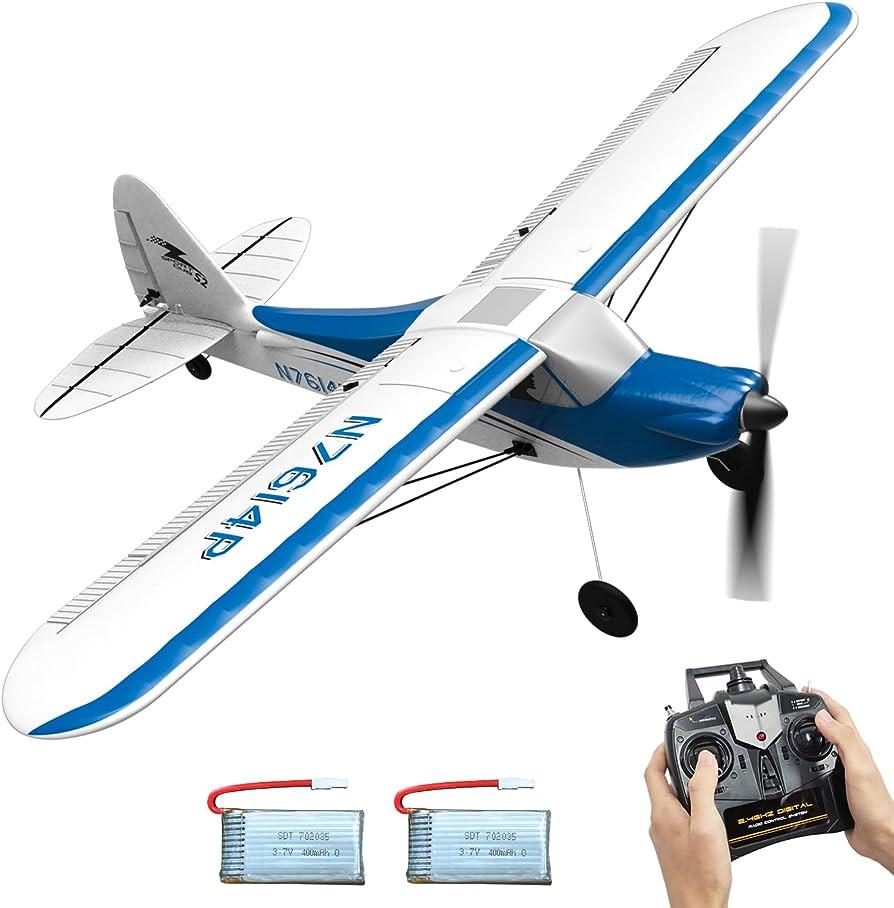Electric RC Airplanes Ready to Fly: The Complete Guide
Electric RC airplanes ready to fly are becoming more popular nowadays, especially with the advancements in technology. With ready-to-fly airplanes, you can quickly and easily get started in the world of RC aviation. First, let’s define what ready to fly means. Ready to fly refers to airplanes that come pre-assembled and include everything you need to get in the air. These planes typically come with a pre-installed electric motor, receiver, and battery, so all you need to do is charge the battery, bind the receiver to your transmitter, and you’re ready to fly.
Choosing the Right Ready-to-Fly Electric RC Airplane
When shopping for ready-to-fly electric RC airplanes, you’ll notice that there are different types available. Beginners should choose a high-wing airplane, which is more stable in the air and easier to control than a low-wing airplane. There are also options for intermediate and advanced pilots.
Here are some other factors to consider:
- Size – smaller planes are easier to transport and handle but are often less stable, while larger planes are more stable but more challenging to transport
- Brands – some of the most popular brands include E-flite, HobbyZone, and FMS, which all offer different sizes, price ranges, and types of electric RC airplanes ready to fly
If you’re unsure of what type or brand to purchase, there are plenty of online resources available. Websites like RCGroups.com and RCplanet.com offer reviews, forums, and product listings where you can educate yourself and ask questions before making a purchase.
What are some popular brands of ready-to-fly electric RC airplanes?
Some popular brands of ready-to-fly electric RC airplanes are E-flite, HobbyZone, ParkZone, and FMS.
The Lowdown on LiPo Batteries
In terms of batteries, ready-to-fly electric RC airplanes typically use lithium-polymer (LiPo) batteries. These batteries provide a high power-to-weight ratio and can be recharged quickly. Here are some other things to know about LiPo batteries:
- They come in different sizes and capacities, usually measured in milliamp-hours (mAh)
- They need to be handled carefully to avoid damage or explosion
- They can catch fire if punctured or damaged, so it’s important to always monitor the battery while charging or in use
To help with battery monitoring, many ready-to-fly electric RC airplanes come with battery meters or voltage alarms. These devices can help you monitor the battery’s charge level and avoid over-discharging, which can damage the battery.
Below is a comparison table of popular ready-to-fly electric RC airplanes:
| Brand/Model | Size | Skill level | Price range |
|---|---|---|---|
| E-flite Apprentice S 15e | 64 inches wingspan | Intermediate | $259-$279 |
| HobbyZone Carbon Cub S+ 1.3m | 51 inches wingspan | Beginner/intermediate | $399-$429 |
| FMS Sky Trainer 182 | 55 inches wingspan | Intermediate/advanced | $239-$269 |
It’s important to note that this table is not an exhaustive list and that prices may vary depending on the retailer and location. When making a purchase, always research the product and read reviews before settling on a specific model.
What are some things to know about lithium-polymer batteries used in ready-to-fly electric RC airplanes?
Lithium-polymer batteries used in ready-to-fly electric RC airplanes are lightweight, have high energy density, and require proper charging and storage procedures to prevent safety hazards.
Low Maintenance Tips for Ready-to-Fly Electric RC Airplanes
When it comes to maintenance, ready-to-fly electric RC airplanes require minimal upkeep compared to their gas-powered counterparts. Here are some tips to keep in mind:
- After each flight, inspect the airplane for any signs of damage or wear and tear
- Clean the airplane regularly, especially the motor and propeller, to prevent dirt and debris build-up
- Store the airplane in a dry and clean place to extend its lifespan
If you’re unsure about how to perform any maintenance tasks, consult the airplane’s manual or research online for tips and guidance. Some websites, such as Horizon Hobby and Tower Hobbies, offer troubleshooting and maintenance resources for their products.
Overall, electric RC airplanes ready to fly offer a convenient and enjoyable way to explore the world of RC aviation. With proper research and care, you can find the perfect airplane for your skill level and budget. So why not take to the skies and experience the thrill of RC flight today?
What are some tips for maintaining a ready-to-fly electric RC airplane?
Regularly check the battery level, clean the airplane after each use, inspect the propellers and motors for damage or wear, and store it in a safe and dry place.
Flying electric RC airplanes ready to fly can be a fun and rewarding hobby that can bring a lot of joy to people of all ages. However, it’s important to keep in mind that like any hobby, it does require a degree of responsibility and caution. Always prioritize safety when flying and ensure that your aircraft is in good condition before taking off.
In addition to the pure enjoyment of flying, ready-to-fly electric RC airplanes can also provide opportunities for socialization and competition. Many communities have local flying clubs or groups, and joining one of these can allow you to connect with other hobbyists and participate in competitions or events.
Another benefit of electric RC airplanes ready to fly is the ability to capture breathtaking aerial footage. Equipping your airplane with a camera can allow you to take videos and photos from a unique perspective, which can be great for capturing stunning scenery or documenting events.
In conclusion, electric RC airplanes ready to fly offer a fun, exciting, and versatile hobby that can be enjoyed by people from all walks of life. With safety precautions in mind and proper care and maintenance, these aircraft can provide hours of entertainment and joy. So why not take to the skies and experience the thrill of RC flight today?






